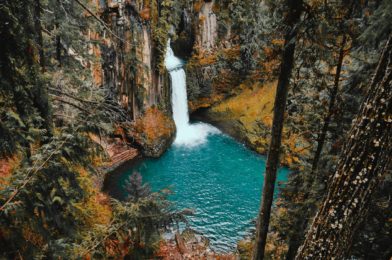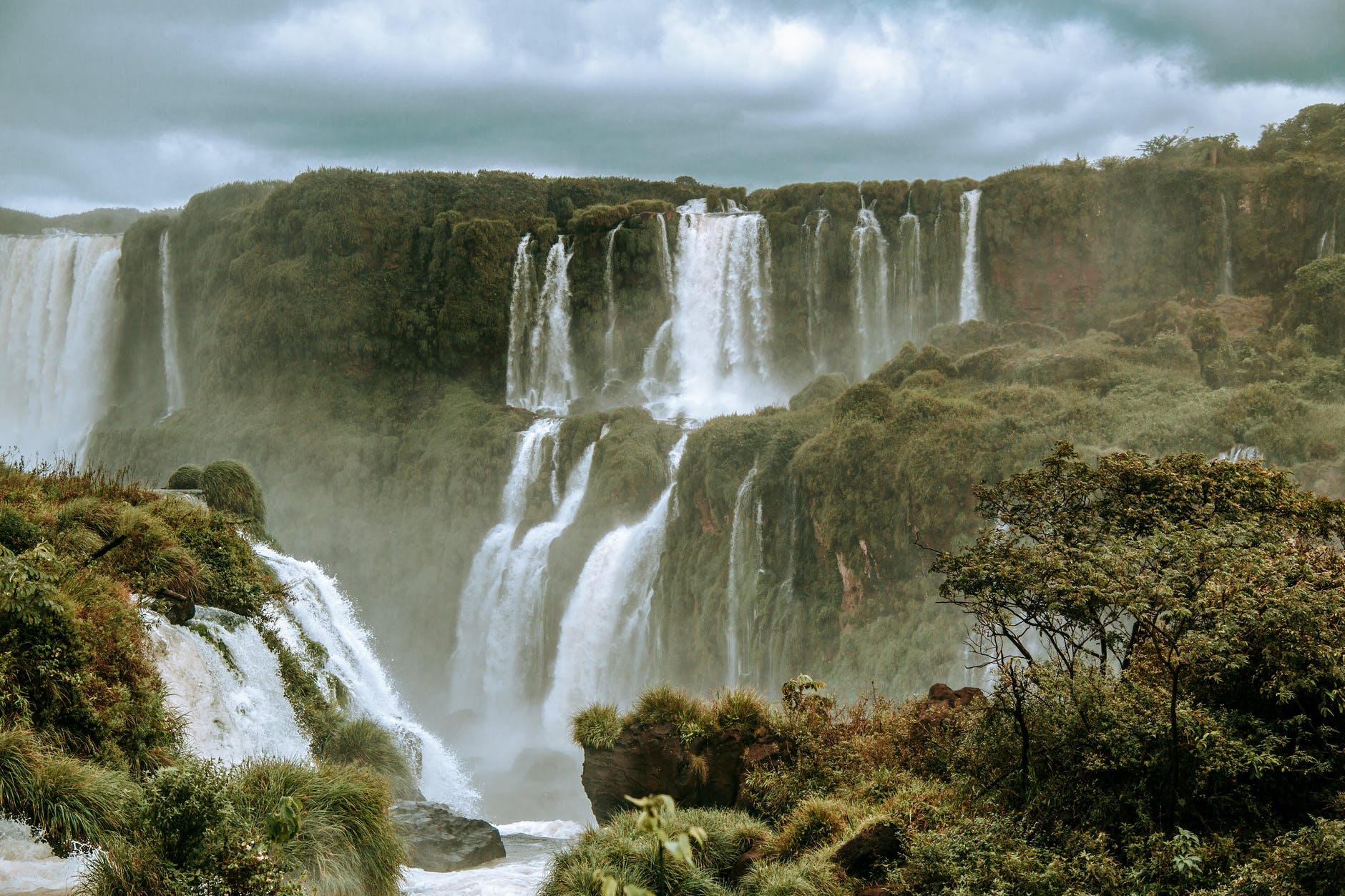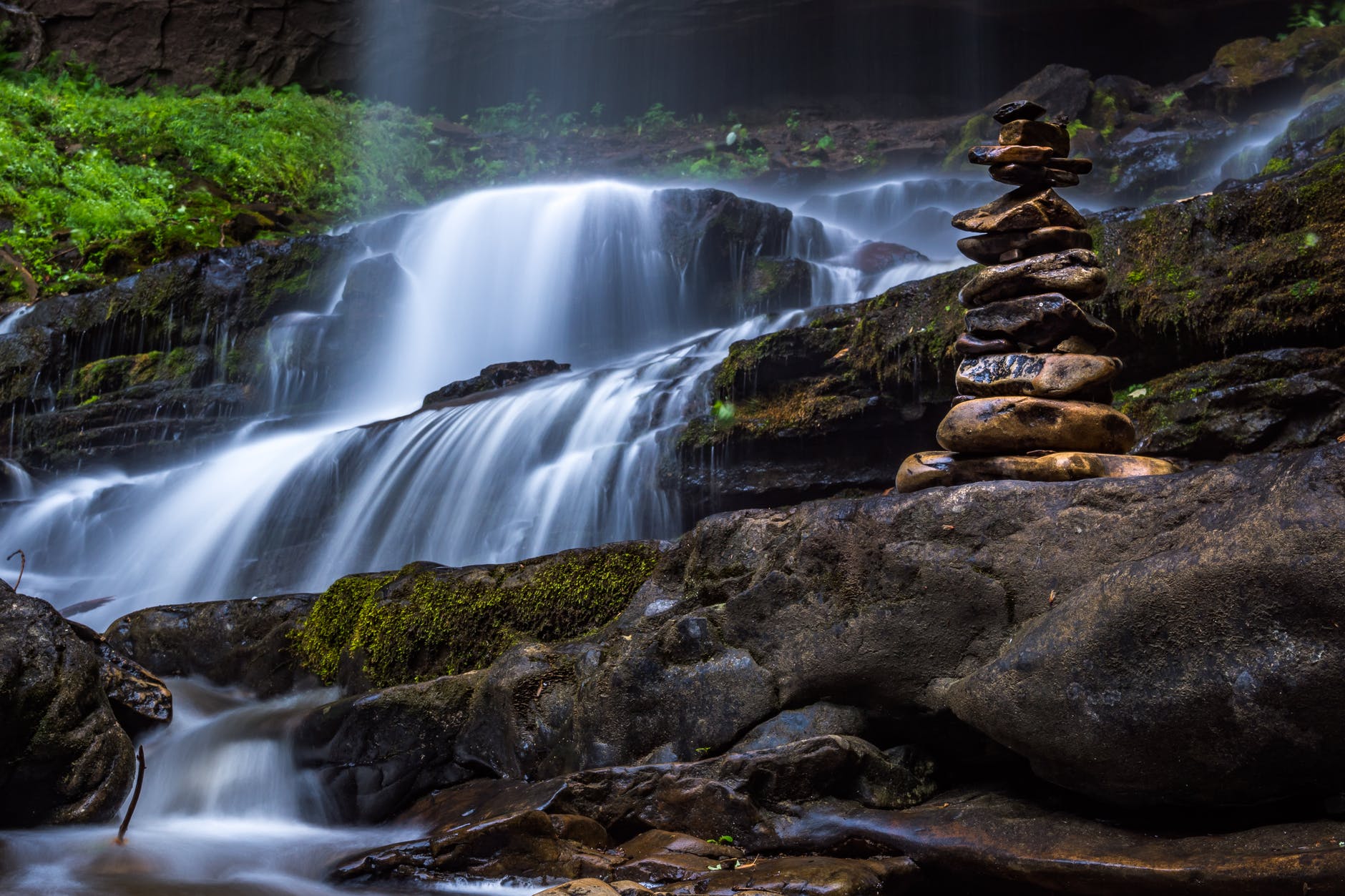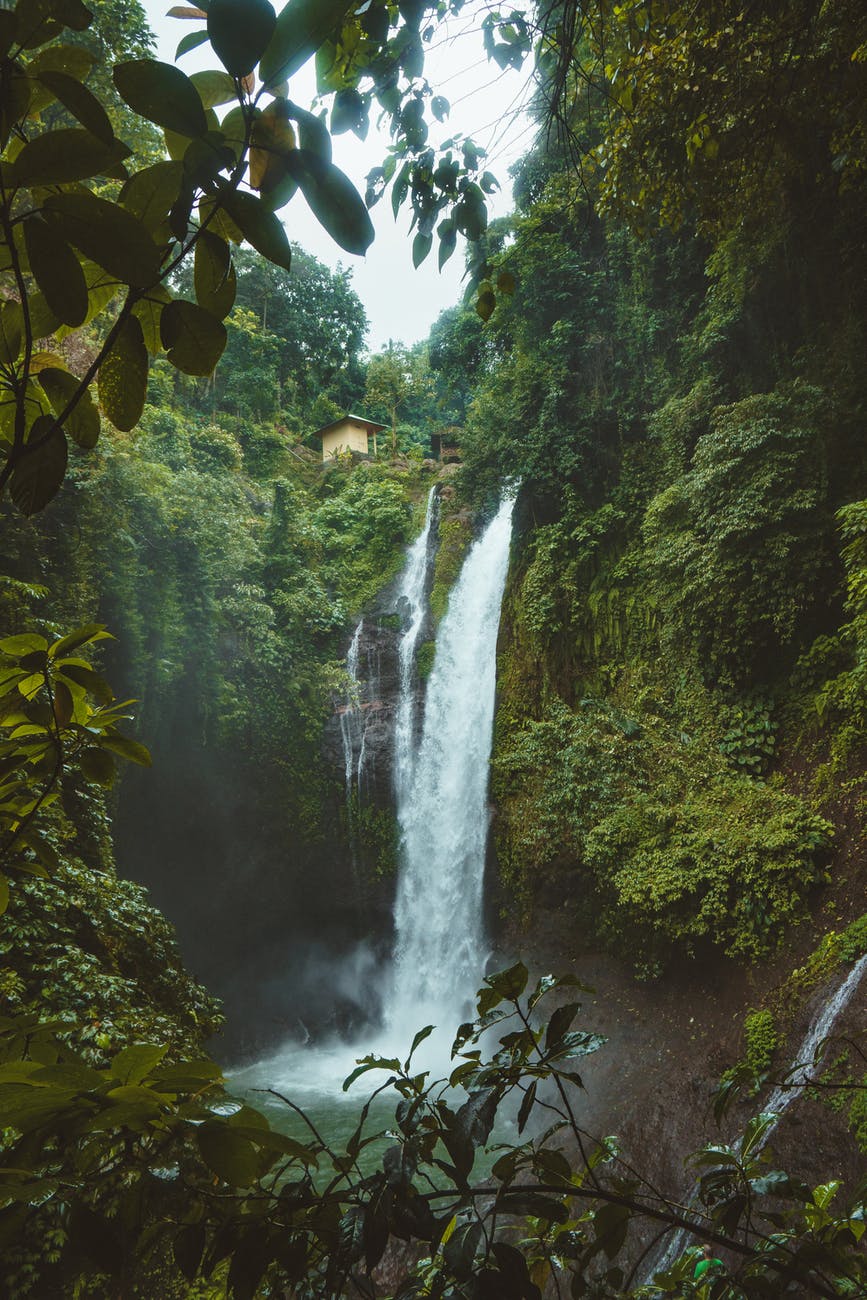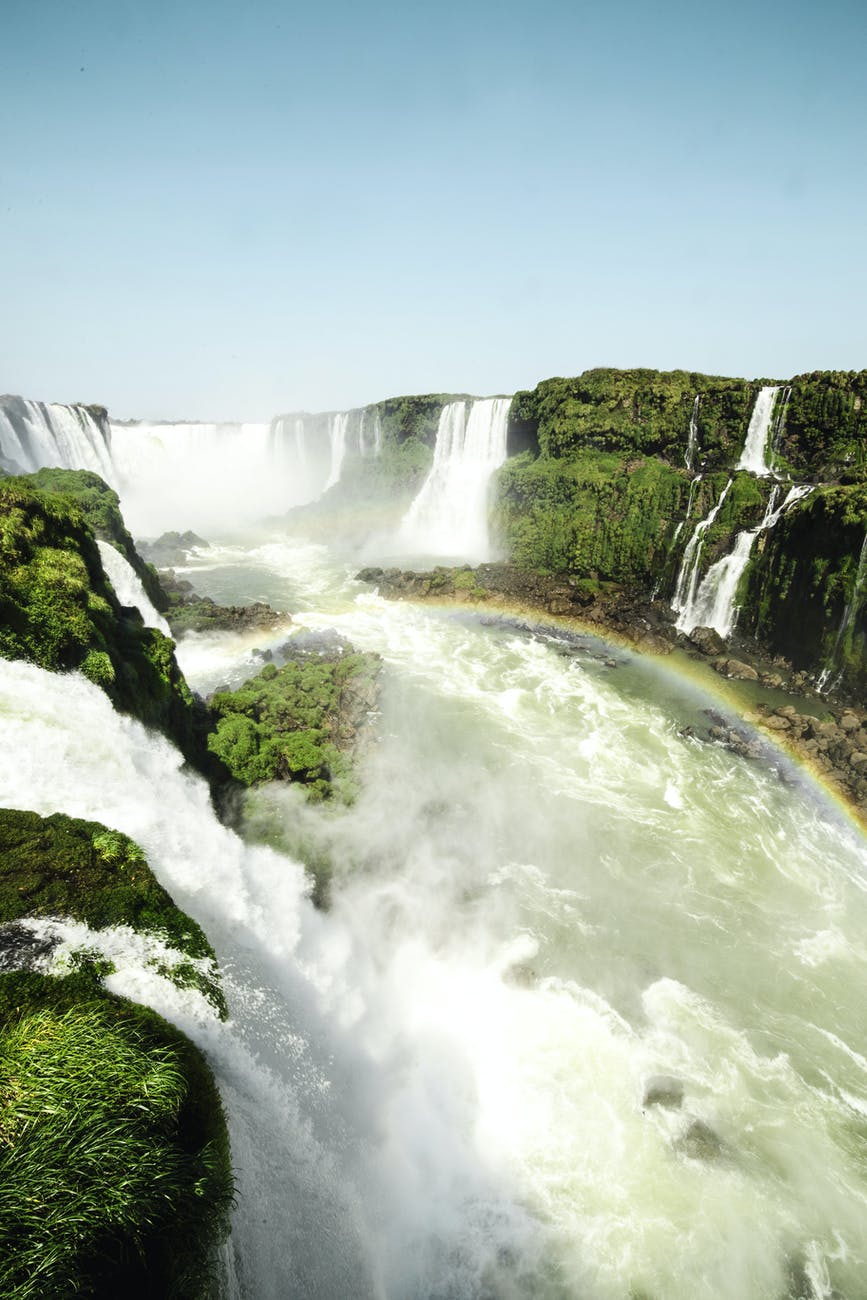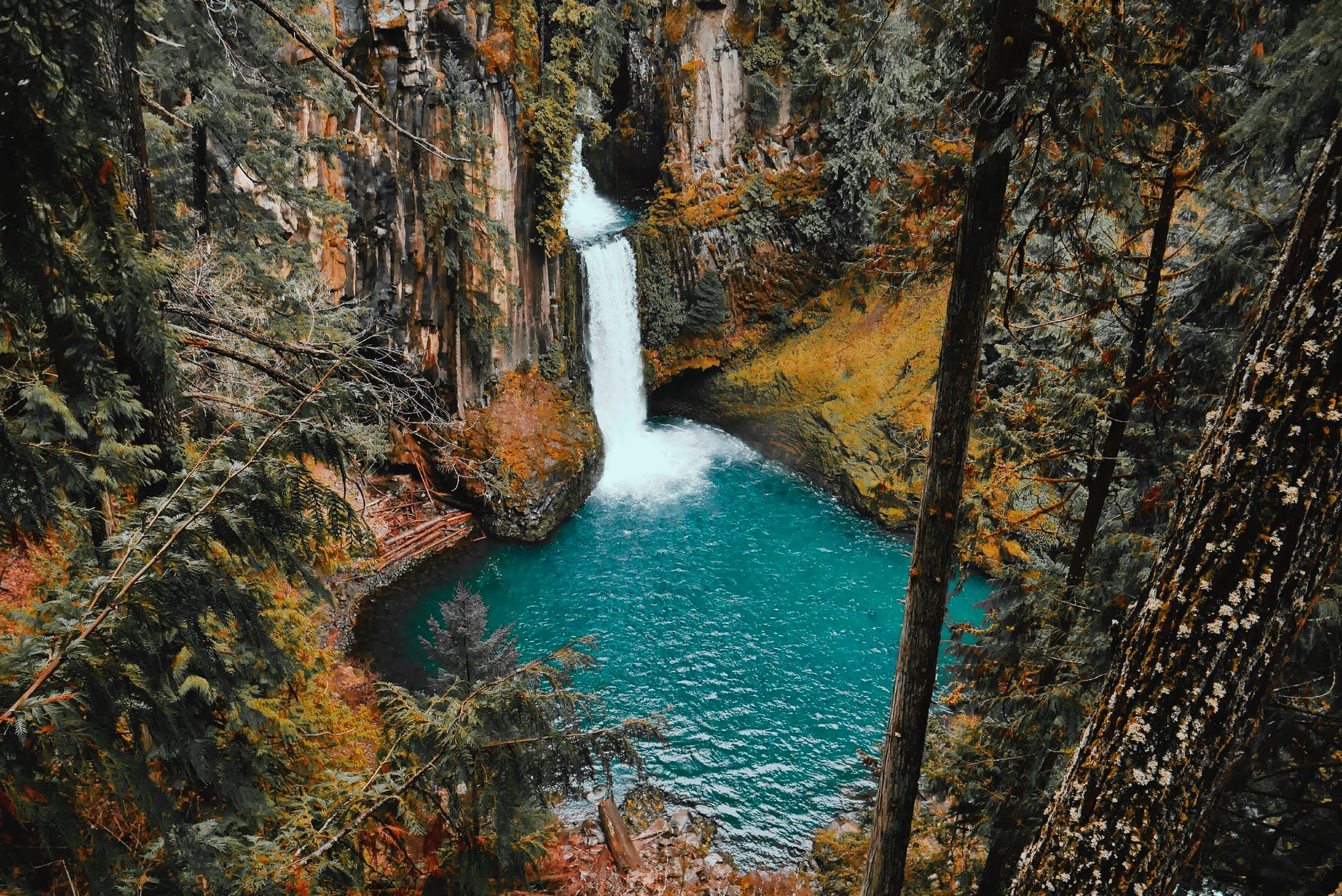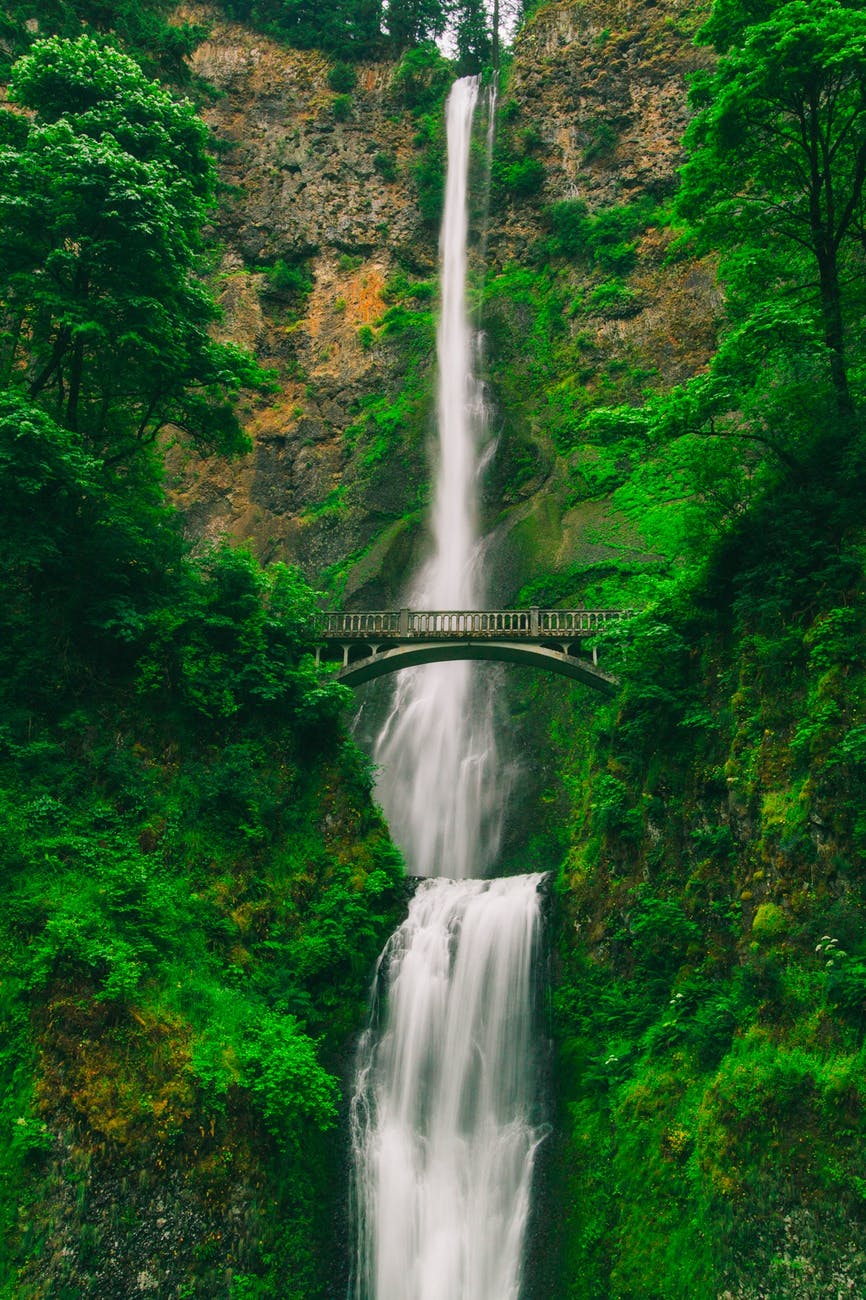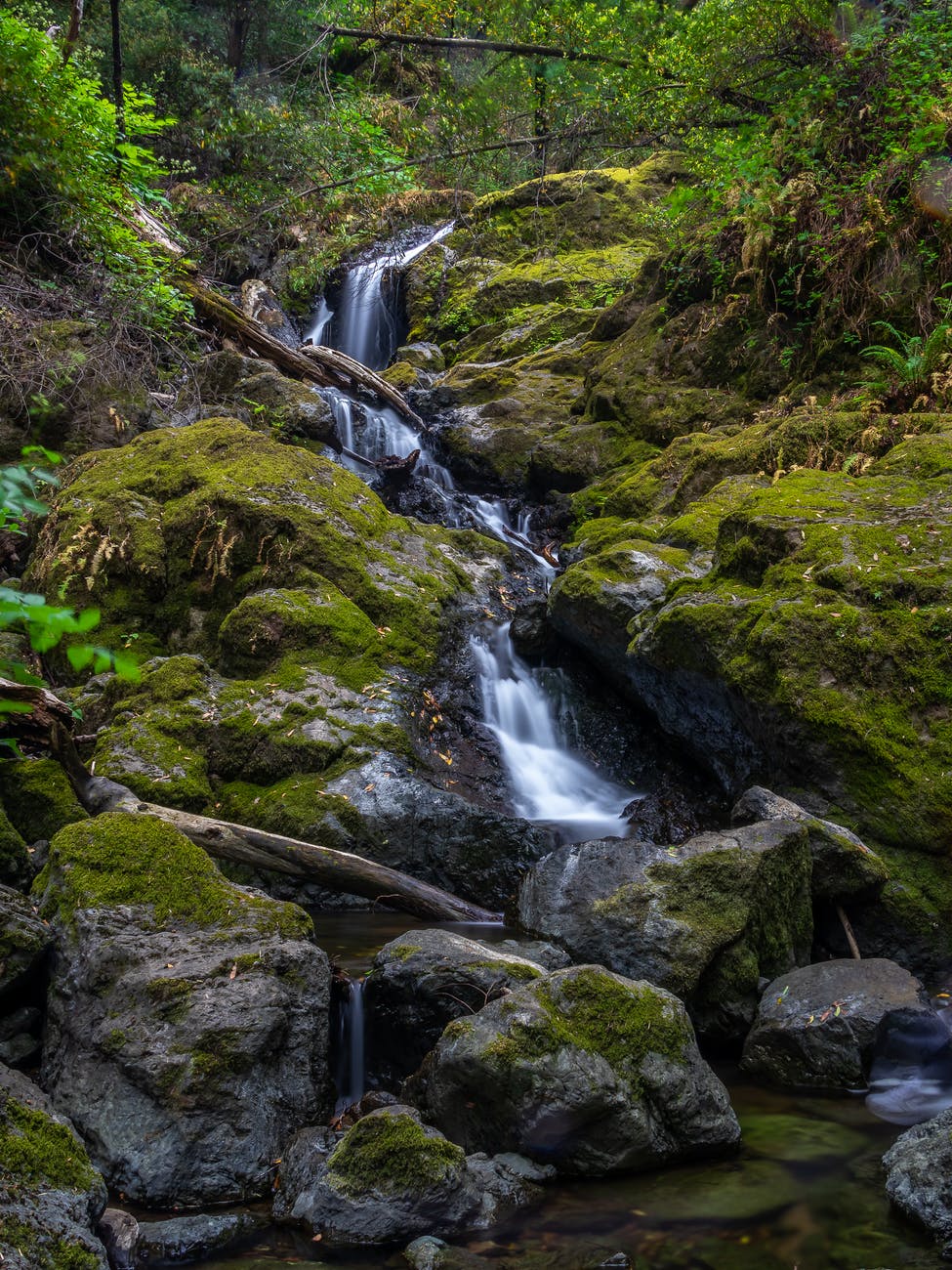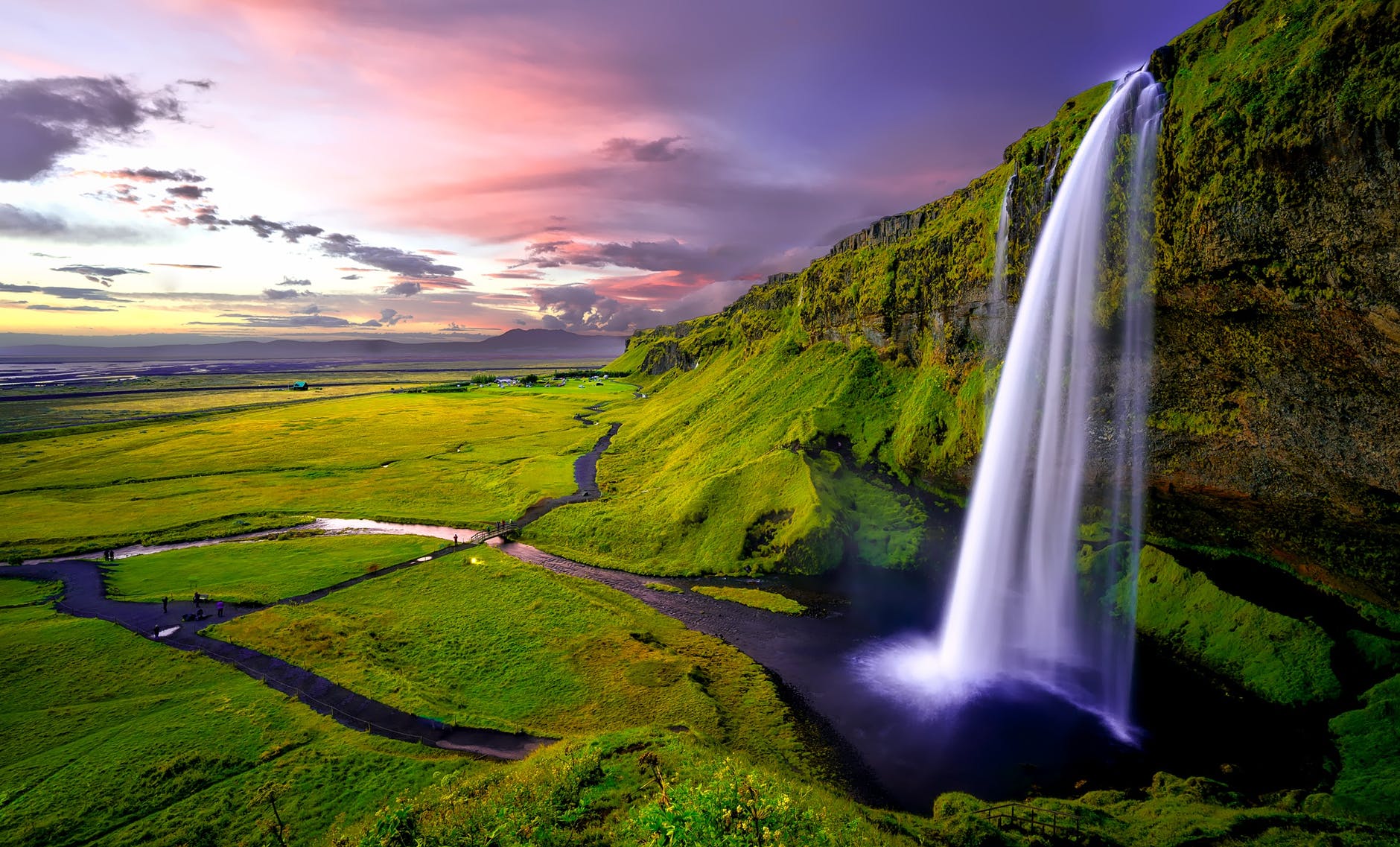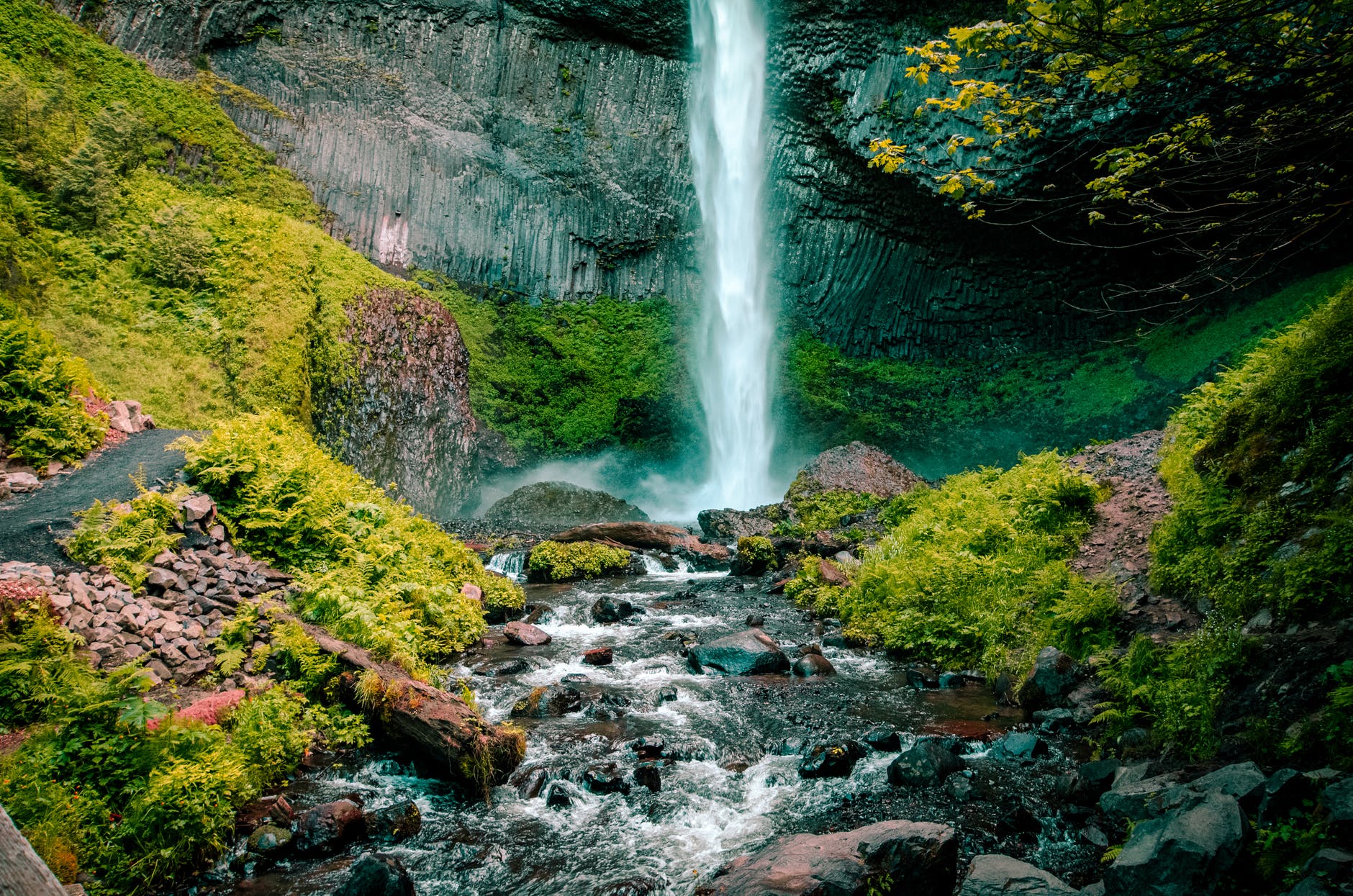The practice of farming, including cultivation of the soil for the growing of crops and the rearing of animals to provide food, wool, and other products is called Agriculture. Food drives the world. Apart from clean water, access to adequate food is the primary concern for most people on earth. This makes agriculture one of the largest and most significant industries in the world. Agriculture is the primary source of employment, income, and food, and these basic needs fulfilled by agriculture all over the world. Agricultural population is 67% of the total population. Around 11% of the world’s land occupied by agriculture, and about 26% used for animal grazing. Agricultural productivity is also important for the security and health of its population. The following is the list of 10 best agriculture producing countries in the world.
1.China
China is the world’s biggest producer, importer, and consumer of food. Much of China’s land is too mountainous or too arid for farming. Only 13% of land is useful for farming. China’s land is highly employed for agriculture. There is also a long tradition involving agriculture in Chinese mythology. The supply of food grains will be ample in China, and the trend of market-based pricing of rice and wheat will be more obvious. China is the largest rice-producing country in the world. China primarily produces rice, wheat, potatoes, tomato, sorghum, peanuts, tea, millet, barley, cotton, oilseed, corn and soybeans. Millet requires very little human intervention to grow. Vegetables are planted in China, on the roads, and on many building walls. The focus of China’s agriculture development shifted from increasing production to improving quality. The production and supply of ecological, high-quality and safe products are increasing significantly. 23% of rice in the world is produced by China.
China’s agricultural sector will be further opened up to the outside world. International trade in agricultural products will become increasingly active, and China will remain the world’s largest importer of agricultural products. Approximately half of the plant remains belonged to domesticated japonica species, whilst the other half were wild types of rice. Evidence of settled rice agriculture has been found at the Hemudu site of Tianluoshan, with rice becoming the backbone of the agricultural economy by the Majiabang culture in southern China. Throughout its history, various methods have been developed or imported that enabled greater farming production and efficiency. They also utilized the seed drill to help improve on row farming. For agricultural purposes the Chinese had invented the hydraulic-powered trip hammer.
2.United States
United States is the largest agricultural exporter. Modern agriculture in the U.S. ranges from hobby farms and small-scale producers to large commercial farms covering thousands of acres of cropland. The United States is known for its agriculture science and provides some advanced agriculture technology in the world. It proves a role model for many countries in the agriculture sector. United States agriculture is developing continually with increasing rates and it is a major industry. The United States produces the highest amount of timber. Approx 70% of the country’s forests officially owned with bounded logging permitted. The eastern, wetter half is a major corn and soybean producing region known as the Corn Belt, while the western, drier half is known as the Wheat Belt for its high rate of wheat production. The Central Valley of California produces fruits, vegetables, and nuts. 80% of total production is occupied by Wheat.
The American South has historically been a large producer of cotton, tobacco, and rice, but it has declined in agricultural production over the past century. Agriculture is a major industry in the United States, which is a net exporter of food. In the United States, corn was the largest crop that produced an amount of 247,882,000 metric tons. And the 2nd one is soybeans with 74,598,000 metric tons. And the 3rd one is wheat that grew an amount of 69,327,000 metric tons. The major crops in the United States are sugar cane, potatoes, coffee, sugar beets, and bananas. Production is spread across much of the country, but the largest food-producing states include California, Iowa, Texas, Nebraska, and Illinois. It produces food efficiently. United States is the second largest producer of pork and the largest producer of milk, chicken and beef. Soil Exhaustion was a huge problem in New England agriculture. European agricultural practices greatly affected the New England landscape.
3.Brazil
Brazil is historically one of the best agricultural countries. Brazilian Natives began farming some 12,000 years ago. 41% of Brazil’s land is occupied by agriculture. Brazil is also among the largest agricultural exporters. It is the second largest producer of soybeans in the world. Brazil ranks among the top 5 countries for production of milk, pork and chicken. The Brazilian economy has historically centered on agriculture, particularly sugarcane. Principal products were corn and soybean. It is the globe’s largest exporter of coffee, crop based ethanol, corn and soybean. Brazil ranks second in total beef output. The southern one-half to two-thirds of Brazil has a semi-temperate climate, higher rainfall, more fertile soil. This region produces grains, oil seeds. Brazil is also a major producer of oranges, pineapples, papaya, and coconuts.
⅓ of the earth’s oranges are produced in Brazil. It is in the ninth position to produce Rice. Main concentration of agriculture production is on sweet potatoes, maize, cassava, peanuts, tobacco etc. Brazil produces 600 million tonnes of sugar cane per year. 19% of total agriculture is occupied by Soybean production. The drought-ridden northeast region and Amazon basin lack well-distributed rainfall, good soil, adequate infrastructure and development capital. Both regions are increasingly important as exporters of forest products, cocoa and tropical fruits. Brazilian grasslands are generally suited only for grazing. This country primarily used surface irrigation, followed by overhead and then targeted irrigation. The South represented the largest irrigated area (more than 1.1 million hectares), followed by the Southeast (800 thousand hectares) and Northeast (490 thousand hectares).
4.India
India is among the 15 leading exporters of agricultural products in the world. India is the second-largest food producer in the world In terms of total calorie content. 58% of Indians are involved in agriculture practice. Totally 96mn hectare irrigated area in there in India, it is the largest in all over the world. India is the world’s largest wheat-producing country. Indian is the largest producer of most of the fruits in the world that includes bananas, guava, mango, lemon, papaya, and vegetables including chickpea. It produces spices include ginger, pepper, and chili. India ranked first in the production of milk, second in dry fruits, third in fish production, fourth in egg, and fifth in poultry production worldwide. 60% to overall India’s agriculture GDP only by animal farming horticulture. It also has high classification as producer of chicken and beef.
Total food grain production in the country is estimated at 144.52 million tonnes for 2020-21. Gross Value Added by agriculture, forestry, and fishing was estimated at Rs. 19.48 lakh crore in FY20. Agriculture and allied sectors in gross value added (GVA) of India at current prices stood at 17.8 % in FY20. Indian food and grocery market is the world’s sixth largest, with retail contributing 70% of the sales. The Indian food processing industry accounts for 32% of the country’s total food market, one of the largest industries in India in terms of production, consumption, export and expected growth. The agriculture sector in India is expected to generate better momentum in the next few years due to increased investment in agricultural infrastructure such as irrigation facilities, warehousing and cold storage.
5.Russia
Russia produces 70% of the total grain of the country. About half of the cultivated land area is covered with grain cultivation. The cereals are rye, barley, oats, and maize. It is mainly engaged in the Industrial economy, and it has a huge agriculture industry. The Russian agriculture industry provides 16% of the employment opportunities to the general population. Russia, one of the world’s leading countries for acres of land used for agricultural production, ranks among the largest producers of milk, beef and pork in the world. 20-23% of global wheat exports are done by Russia. Wheat is the most famous food crop all around Russia. Two-thirds of the world’s poor rely on agriculture for their incomes, making the sector key to economic development. Certain crops with high market value like coffee, cocoa, and others can bring especially large increases to farmers’ incomes. In Russia, 13% of agricultural lands captured for the production of sugar beet, wheat and potatoes. Over 23 million hectares of land is cultivated in Russia. In 2018, It was the world’s largest producer of sugar beet; 4th largest world producer of potato; largest world producer of barley; 2nd largest world producer of sunflower seed; world’s largest producer of oats; 2nd largest world producer of dry pea; 3rd largest world producer of wheat; 2nd largest world producer of buckwheat.
Russia experiences extreme temperatures in winter and summer, and summer precipitation is low. Many regions of Russia experience six months of snow cover each year and in these places the subsoil can often be frozen permanently. The most fertile regions are in the southern parts of the country between Kazakhstan and Ukraine called “black earth” in Russian. During 19th and 20th century, Despite having a greater population than the rest of Europe at a time, most of which lived in rural agricultural communities, Russia could not compete in terms of its industrial and economic development. Still, while its European neighbours and the Free Economic Society were dedicated to improving their farming techniques, Russia managed to become one of the largest crop exporters, especially wheat. In 21st century Russian agriculture has undergone an intensive modernisation process. This was underpinned by developing macroeconomic factors, among which increased integration into international trade, expanded technology transfer and foreign agricultural investments. With Saline agriculture, food is produced on salt affected soils and salt water is used for irrigation.
6.France
• France has the largest agricultural production in the European Union 18.1% of the total European Union production comes from France. The economy of France is highly developed and free-market-oriented. It is the world’s seventh-largest economy by 2020 nominal figures. France was the largest Foreign Direct Investment recipient in Europe, Europe’s second largest spender in Research and development in 2020. France ranked among the 10 most innovative countries in the world by the 2020. It was the most represented European country in 2020. It became the fifth largest agricultural exporter in the world. France has around 730000 farms, about 7% of the population earn from agriculture or similar sectors that are fishing or forestry. The actual income from agriculture enhanced by 4% in the past period. France is also the most visited destination in the world.
All over the European Union, France is the top producer of oilseeds, cereals, sugar beets, milk, wine, and beef. It ranks among the top 20 countries for chicken and pork production. France is the largest exporter of alcoholic drinks and beverages. An ample fish supply in the Atlantic Ocean and Mediterranean Sea provides an additional resource. France’s extensive land area of which more than half is arable or pastoral land and another quarter is wooded presents broad opportunities for agriculture and forestry. Rainfall is more throughout most of France. In France almost everyone is occupied in agriculture-related activities that include producing agricultural goods, etc.
7.Mexico
Both historically and politically agriculture in Mexico is crucial for the country’s economy. In Mexico 15% of land is occupied by agriculture and about 50% of occupied land is used for livestock. 50% of agriculture output of Mexico comes from crops. Sixty percent of Mexico’s agricultural exports go to the United States. Production of livestock in Mexico is done in a considerable amount that consists of poultry, eggs, beef, and milk. Mexico produced avocados, beans, tomatoes, peppers, maize, blue agave, sugar cane, sorghum and other tropical fruits etc. This country is known for its agricultural exports too. Mexico’s exports include fruits, coffee, vegetables, and sugar. It also produced squash, cotton, vanilla, cocoa etc. Domestic turkeys and Muscovy ducks were the only domesticated fowl in the pre-Hispanic period. Spanish introduced more plants and the concept of animal husbandry, principally cattle, horses, donkeys, mules, goats and sheep, and barn yard animals such as chickens and pigs.
The tradition of planting corn, beans and squash together allows the beans to replace the nitrogen that corn depletes from the soil. The three crops together are sometimes referred to as the Three Sisters. Although silver mining brought many Spaniards to Mexico and silver was the largest single export from New Spain, agriculture was extremely important. There were far more people working in agriculture, not only producing subsistence crops for individual households and small-scale producers for local markets, but also commercial agriculture on large estates to supply Spanish cities. Mexico’s agricultural history stretches back thousands of years, and today farming continues to help shape the country’s environment, economy and culture.
8.Japan
Crop production is vital to Japan despite limited arable land (13% of the total area) and the highest degree of industrialization in Asia. The economy of Japan is a highly developed free-market economy. Japan agriculture contributes only 2% of GDP and around 10% of the country’s people live on farms. It is the third-largest in the world by nominal GDP. Japan is the world’s third-largest stock exchange by market capitalisation. In 2018, Japan was the world’s fourth-largest importer and the fourth-largest exporter. Japan is the world’s third largest automobile manufacturing country, has the largest electronics goods industry. 20% of rice production is decreased in the past years. Agriculture exists in every part of Japan, but is especially important on the northern island of Hokkaido, which accounts for 10% of national production. The Ministry of Agriculture, Forestry and Fisheries is the government agency responsible for the fishing industry. Agriculture, farming, and fishing form the primary sector of industry of the Japanese economy together with the Japanese mining industry, but together they account for only 1.3% of gross national product. It produces grains, fish, vegetables, mountain plants, and others. It is also among the top 20 countries in production of milk , pork and chicken. The daily food that is milk, other dairy products, and meat has risen exceptionally. 10% of the Japan’s people live on farms. Over the past decade, Japan has reduced its support to agriculture, but more recently the change in support levels has been moderate.
Land in Japan has distinctive characteristics which make it suitable for organic produce. They have instead been paying enormous sums of money to incorporate Western protein rich foods. Average area covered by farms are only 1.2 ha (3 acres). In Japan, approximately 2 lakh hectares of land is idle, and rice production decreased by 20% in the past years. In response to challenges in March 2020 such as the decrease of farming population and the implementation of new large-scale trade agreements, the plan aims to strengthen the agricultural production base regardless of farm size or its hilly and mountainous condition. By making greater financial resources available to producers and exporters of agricultural and food products, the Japanese government aims to expand agricultural exports from 922.3 billion yen (US$8.5 billion) in 2020 to 2 trillion yen (US$18.5 billion) by 2025, and 5 trillion (US$46.1 billion) by 2030. In Japan, there are two significant types of agriculture fields which are siden and tambo. The revision is expected to play a significant role in helping to promote exports given the large investments that are needed in infrastructure systems, overseas marketing and advertising, and human resources development. The Japanese consume mainly rice, fish, and eat less meat compared to citizens of the United States and the European Union.
9.Germany
In Germany, ½ of the area occupied for land cultivation. 10% of the Germans engaged in organic farming. Around 80% of the country’s land occupied by forestry and agriculture. Approximately 87% of Germany farmers farm on land of 124 acres. Agricultural food of Germany includes pork, poultry, potatoes, milk, cereals, beef, sugar beets, cabbages, corn, barley, and wheat. Germany is the third largest producer of pork and also has a high milk and beef production. Germany ranked 4th largest beer producer in the world. In Germany most of the regions agriculture includes vegetables, fruits, and wine grapes. The poorer soils of the North German Plain and of the Central German Uplands are traditionally used for growing rye, oats, potatoes, and fodder beets. In both the western and eastern sectors, chickens, eggs, pigs, and veal calves are concentrated. In Western German cities, crops such as fruits, vegetables, and flowers are grown. The warm lowlands of the southwest favour tobacco and seed corn. By the beginning of the 21st century, however, large farms represented about half of the total agricultural area in western Germany and some two-thirds in eastern Germany.
In Germany, southern and western parts of river valleys covered with vineyards. With the availability of chemical fertilizers, light soils have become more highly valued because of their suitability for machine cultivation; for example, fodder corn is now widely grown on the North German Plain, replacing potatoes. Germany’s agricultural products differ from area to area. It has relatively few domestic natural resources. In all industrialized countries, water supply is a constant problem. The filtration of water on riverbanks is one source. Germany is home to a huge manufacturing sector. It is a market with numerous opportunities for companies all around the world. Most of the people live in the urban areas like Berlin, Munich, Frankfurt and Düsseldorf. This makes Germany one of the biggest and demanding markets in the world of goods and services. Germany ranked 3rd in the world in agricultural goods export. Around ⅓ of the products exported from Germany.
- Turkey
Turkey is the 1st flour exporter in the world. Turkey has 23.2 million ha agricultural land and 5.1 million ha arable land. Three million people work in the agriculture industry. There are 3,076 million agricultural enterprises in Turkey. Approximately 20% of employment is provided by agriculture. It has the fertile & arable lands and favourable climate. Wheat is the most produced grain in Turkey. Different fruits and vegetables grow in different regions of Turkey, and most of the population in the rural areas earn their income from agriculture. Turkey is one of the top 10 producers of apple, cotton, wheat, barley, almond, sunflower and tobacco. Turkey is the top producer of hazelnut, apricot, fig, dried raisin, and cherry. Turkey is one of the top 5 producers of melon, watermelon, cucumber, lentil, pistachio, quince, sour cherry, chestnut, pepper, honey, and green beans. Most of the global agri-food giants are present in Turkey. It mostly produces milk. It is the sixth-largest producer of tobacco.
Turkey has high production of chicken meat. Also, it is among the top 20 countries in beef production. Sugar beet is the second produced commodity. Turkey is the 2nd largest country in Europe and the 9th largest country in the world in terms of the agricultural economy. It has one of the highest export growth rates in the world. The second production forecast by the Turkish Statistical Institute, issued in October 2020, estimated the 2020 cereal output at 36.6 million tonnes, about 7 percent more than the average of the previous five years, including 20.5 million tonnes of wheat, 8.3 million tonnes of barley and 6 million tonnes of maize. In the 2020-21 marketing year aggregate cereal imports, mainly wheat grain for processing, are forecast at 11.5 million tonnes, about 30 percent below the level of the previous year, but 12 percent above the average. The Russian Federation is historically the leading supplier of wheat. Turkey’s agriculture-based exports have increased by 6.3% year on year in the first nine months of 2020. The agriculture industry in Turkey has always been a strong and developing industry for the country. The industries and service sectors are increasing constantly.

